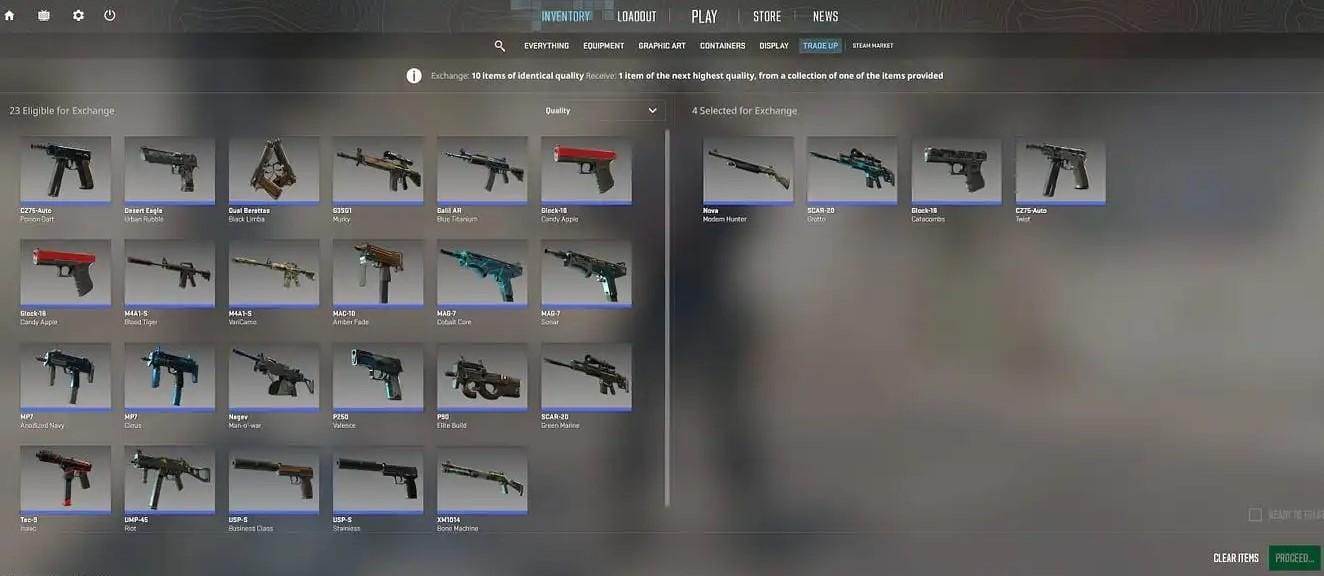

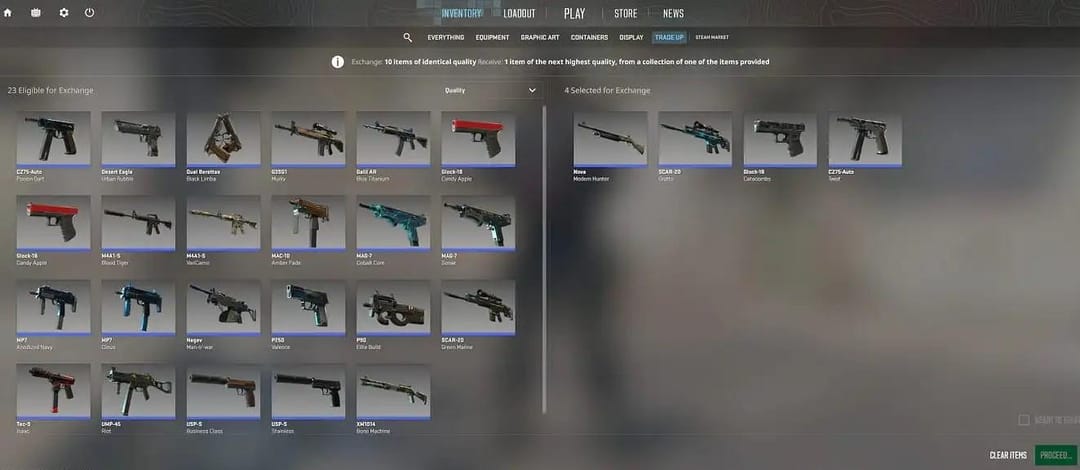
When it comes to Counter-Strike 2, every shot counts, but outside the game, there’s a whole other battle raging: the skin market.
Unlike other in-game markets, the CS2 skin market isn’t about flashy designs or extra bonuses; instead, it’s one where rarity, patterns, and timing change the real-time value
To a newcomer, all of this may seem like chaos; however, to frequent traders, or even those who make a living from it, it’s part strategy, part art.
To make things less chaotic and more fun, this guide will show you how to breeze through the CS2 trading scene with confidence. Let’s get into it!
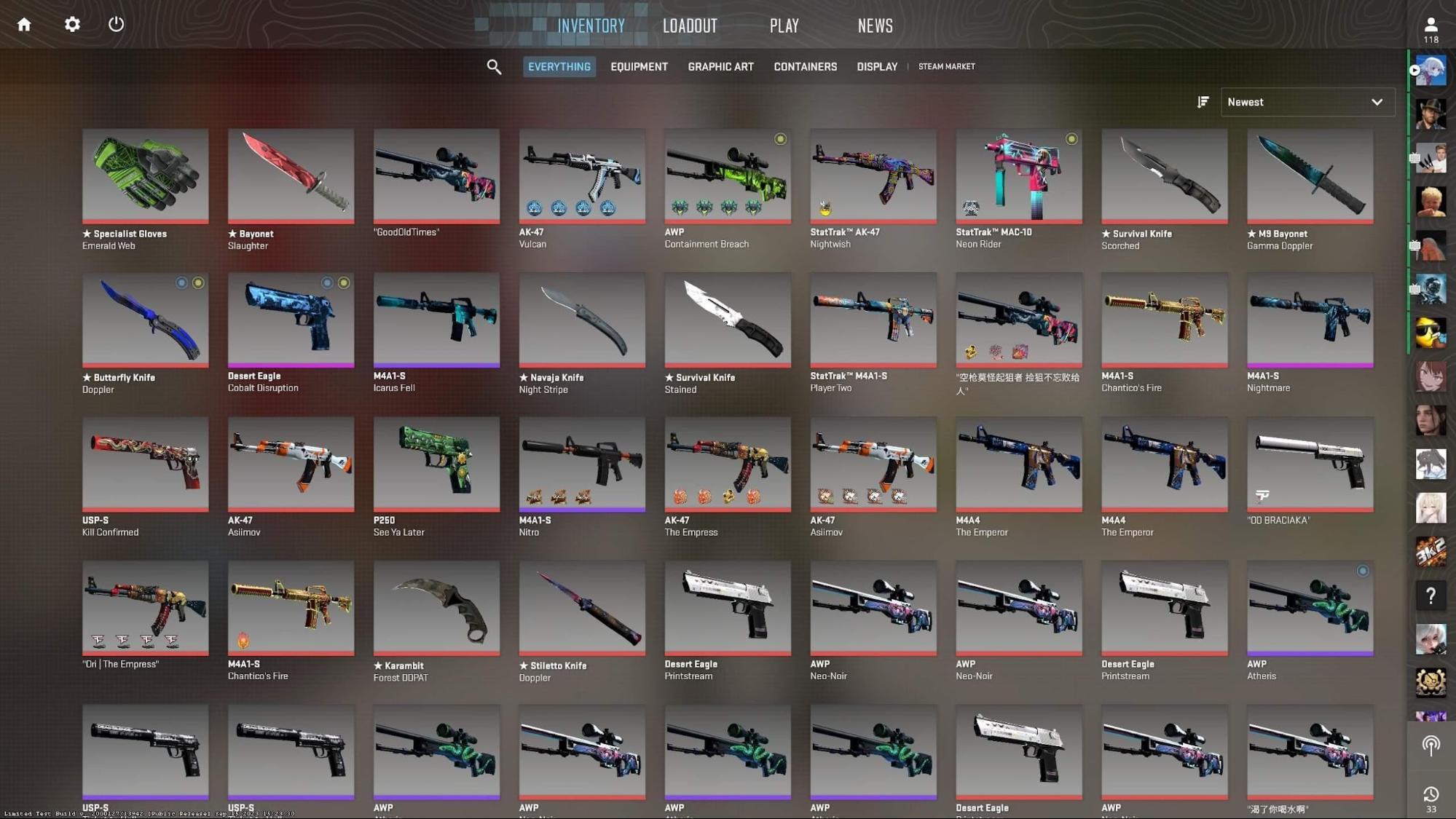
Skins are purely cosmetic finishes that alter the appearance of your weapons, knives, and gloves, all without affecting gameplay in Counter-Strike. Born from the legacy of the original CS:GO, the skin ecosystem in CS2 is even more extensive, with updated lighting and textures that make every finish truly stand out.
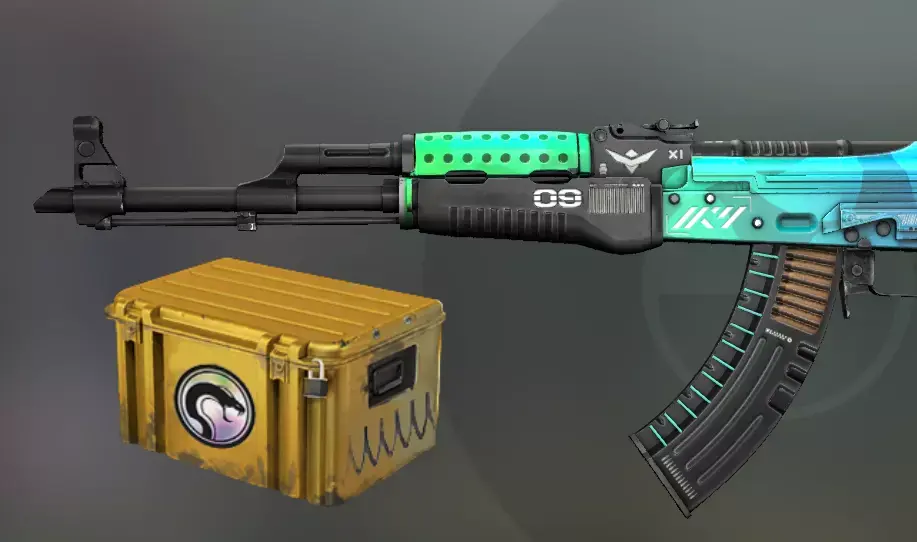
So, why does one skin only fetch a price of a few cents while another demand thousands, upon thousands of dollars? It’s all about a few features that change the desirability and scarcity. Here are the main ones to look out for:
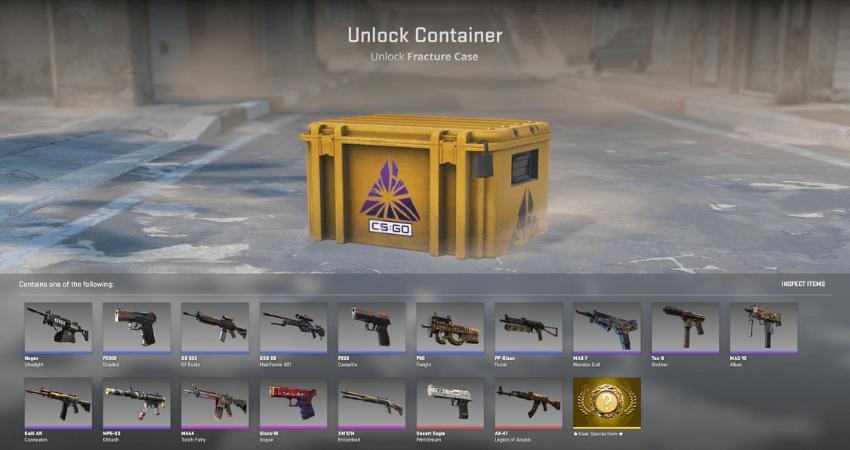
Every great collection starts with a single piece, and in CS2, there are a few ways to start your collection:
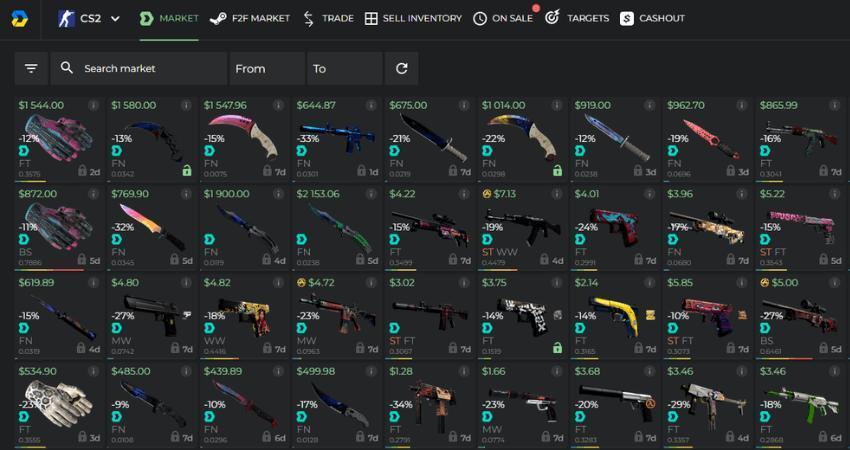
Once you have some skins, you can step onto different trading platforms, each with their own pros, cons, and rules. Here’s the breakdown:
| Platform Type | Key Features | Speed | Cash-Out Option | Security Level |
|---|---|---|---|---|
| Steam Community Market | Official, integrated platform. Funds stay in the Steam Wallet. | Instant | No (Steam Wallet only) | Very High |
| Third-Party Trading Sites | Trade instantly with bots. Often have better rates & item selection. | Instant | Yes (Crypto, Bank, etc.) | High (only with reputable sites) |
| Peer-to-Peer (P2P) Trading | Direct trades with other users. Maximum flexibility. | Varies | Varies | User-dependent; requires diligence |
When you combine all of the options above, the Steam Community Market is the safest choice for starting, as it’s Valve’s official marketplace. And, while you can’t withdraw your funds as real money, it’s a secure, easy environment to get a feel for prices and how the skin ecosystem in CS2 works.
Beyond Steam, take a look online or compare CSGO marketplaces, and you’ll probably find many third-party trading sites that use automated “trade bot” systems, allowing you to exchange your skins for ones in their inventories. Typically, these sites offer better value than the Steam Market and provide methods to sell your skins for real money; however, they require serious due diligence, as each platform has its own advantages and disadvantages.

Before you jump into buying or selling CS2 skins, remember that security is essential, and protecting your inventory is just as important. Here are a few handy tips to get you started:
All in all, the world of CS2 skin trading is a deep and fun extension of the game itself, and a pretty cool way to express your identity.
PS: Ready to upgrade your entire CS2 experience, from your aim to your inventory? Browse our CS2 coaching packages at WeCoach to start playing like the pros today!